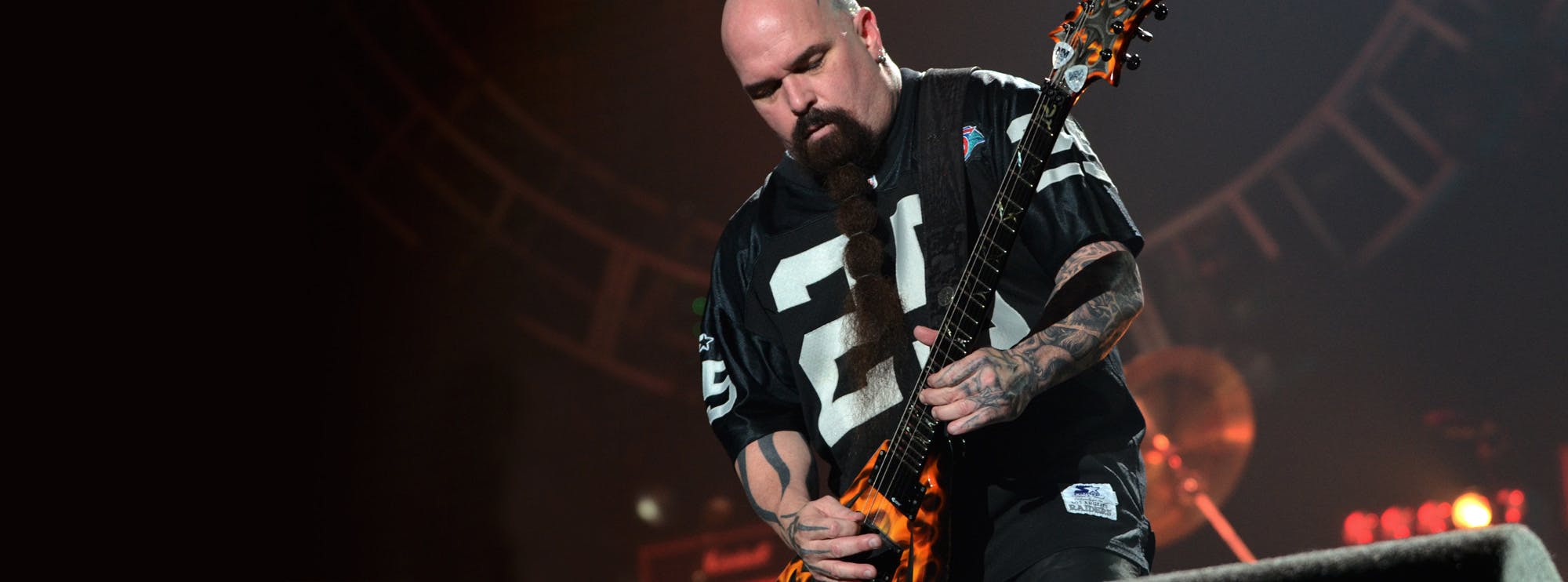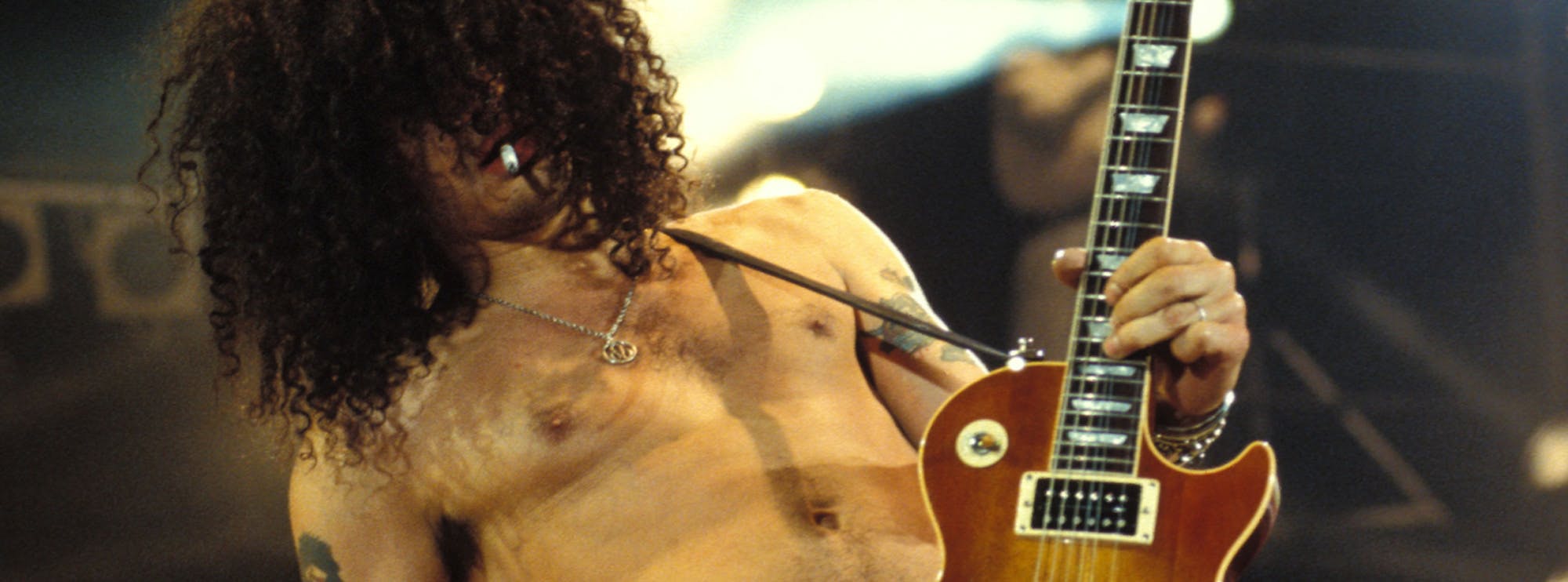The Drugs Don't Work - The Verve
"The Drugs Don't Work" by The Verve is a powerful ballad that captures deep emotions through its melancholic melody and heartfelt lyrics. In our note-for-note guitar lesson, we dive into every nuance of this iconic song, helping you master the distinct guitar techniques that make it so special. From subtle bends to rich chord progressions, this lesson will give you a detailed understanding of how to replicate the intricate parts of the song on your guitar. Michael Casswell breaks down this classic track in this exclusive Lick Library video tutorial.
The Guitar Style of Nick McCabe
Nick McCabe, The Verve’s lead guitarist, is renowned for his atmospheric and emotive playing style. McCabe's approach blends melodic sensitivity with innovative effects, making him a significant figure in the 90s British rock scene. His work on "The Drugs Don't Work" is a perfect example of his skill, combining delicate chord progressions with a soulful use of dynamics to complement the song's somber tone. McCabe's influence can be heard in the textured layers of sound, emphasising the emotional depth of the song while utilising subtle yet impactful guitar techniques.
Techniques Covered in the Lesson
Chord Progressions
A key aspect of "The Drugs Don't Work" is its thoughtful chord progression. The song moves through a series of melancholic chords that help evoke its emotional intensity. Learning this progression will improve your ability to play fluid, connected chords, and understanding how different chords work together harmoniously in a progression is an essential skill for any guitarist. This technique not only builds your musical vocabulary but also enhances your ear for songwriting.
Slides
Slides play a significant role in connecting different chords and phrases in the song. The smooth transition between notes adds a vocal-like quality to the melody. Mastering slides helps you move fluidly across the fretboard, increasing your dexterity and expressiveness. This technique allows you to add subtle emotion to your playing by creating seamless transitions between notes.
String Bending
Nick McCabe’s use of string bending in the song is subtle but highly effective in adding emotion and tension to key moments. Bends are crucial for bringing out the character of a melody, especially in slower, emotive songs like this one. Developing control over your bends allows you to add expressiveness and dynamics to your playing, giving each note its own unique voice.
Finger-Picking
In parts of "The Drugs Don't Work," finger-picking is employed to create a delicate, intricate sound. This technique allows for greater control over individual strings, resulting in a more nuanced, melodic sound. Finger-picking helps develop your coordination and independence between your thumb and fingers, enabling you to play more complex arrangements and adding texture to your playing style.
Vibrato
Vibrato is another expressive technique used subtly in the song. It adds depth and warmth to sustained notes, making them sing and resonate with emotion. Developing a controlled vibrato will help you add personality and feeling to your playing, making even simple notes sound more professional and captivating.
Hammer-ons and Pull-offs
The use of hammer-ons and pull-offs in "The Drugs Don’t Work" adds fluidity and speed to melodic lines. These techniques allow you to articulate multiple notes quickly and smoothly without the need for continuous picking. Learning these techniques will increase your overall finger strength and speed, allowing you to add more dynamics to your solos and phrases.
Barre Chords
Barre chords are used to create fuller, richer chord shapes throughout the song. Mastering barre chords is a fundamental skill for any guitarist, as they allow you to play more complex and varied chords up and down the neck of the guitar. Learning how to effectively use barre chords will expand your chord vocabulary and improve your overall versatility as a player.
Arpeggios
McCabe uses arpeggios to break up the chords and give the song a flowing, melodic quality. Arpeggios involve playing the individual notes of a chord one at a time, creating a rich, harmonious sound. This technique helps develop finger independence and accuracy, allowing you to play more intricate, melodic pieces.
Capo
A capo is used in the original recording of "The Drugs Don’t Work" to change the pitch of the chords without altering the fingering. Understanding how to use a capo is essential for learning how to adapt songs to your vocal range or to create a new tonality. It’s a valuable tool that will make your guitar playing more versatile.
Why Learn These Techniques?
Each technique covered in this lesson provides a range of benefits to guitarists of all levels. By mastering these elements, you will develop a well-rounded set of skills that enhance both your rhythm and lead playing. These techniques not only improve your technical proficiency but also give you the tools to add emotion, expression, and dynamics to your playing. The ability to combine different techniques, such as vibrato, string bending, and arpeggios, will make you a more versatile and creative guitarist.
Guitar Techniques Used in This Lesson
About The Tutor
Tutor Profile
Michael Casswell
It is with great sadness that we post the news of Michael Casswell's tragic death in a swimming accident while on holiday in Spain. All of us at Licklibrary are shocked and saddened by MIke's passing, and our deepest sympathies go out to his family at this difficult time. Michael...




